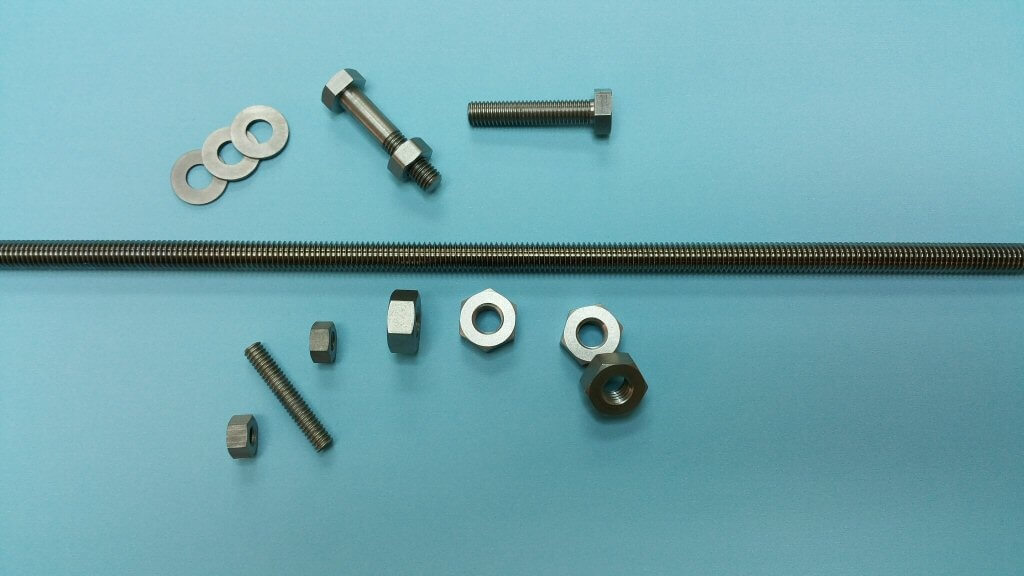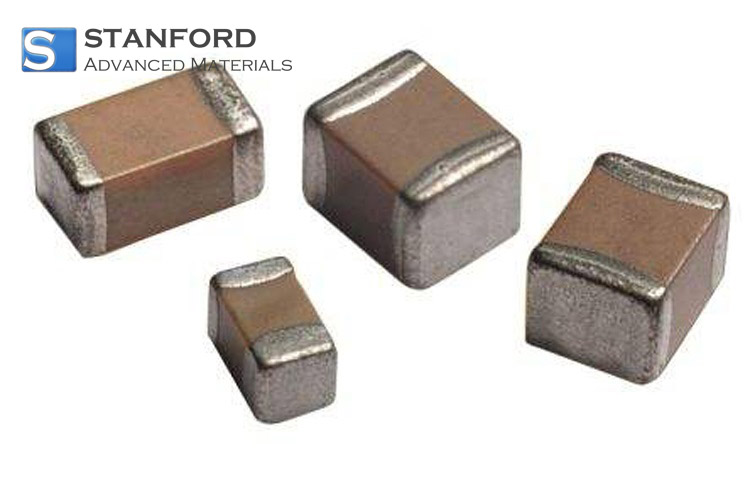What Are The Properties And Industrial Benefits Of Molybdenum?
Due to its unique mechanical and chemical properties, Molybdenum has become a material that meets strict requirements. Its advantages include a high melting point, a low thermal expansion coefficient and good thermal conductivity. Consequently, it is used in various industrial sectors.
Molybdenum is utilised in a range of applications among specialised materials. It is employed in the industrial belt and filament manufacturing, in power electronics with semiconductor substrates, in high-temperature glass melt electrodes and in solar cell and flat-panel display sputter coating using palladium materials.

The industrial application of Molybdenum varies according to the type of material. There are three main types:
High Purity and Creep Resistance
Molybdenum exhibits a high purity level. It withstands extremely high temperatures and remains easy to process. It is used in the manufacture of crucibles for conventional sapphire growth methods. Given its purity, Molybdenum has been used to optimise melting and solidification containers.
Good Dimensional Stability and Corrosion Resistance
Our stirring devices uniformly circulate various glass melts. They must resist extreme temperatures and corrosive glass melts. Molybdenum demonstrates dimensional stability and corrosion resistance when exposed to metal and glass melts. Consequently, it provides mixing performance and extends product lifespan.
High Thermal Conductivity and Low Thermal Expansion Coefficient
High power density and current in power diodes and transistors generate heat. Molybdenum and its alloys are used as substrate materials for power electronics. They exhibit thermal conductivity and thermal expansion behaviour that are compatible with the corresponding semiconductor materials. When used as a substrate, Molybdenum dissipates heat reliably.
Conclusion
We thank you for reading our article. We hope it assists in understanding the industrial applications of Molybdenum. If you require further information, please visit Stanford Advanced Materials (SAM).
Stanford Advanced Materials (SAM) is a global supplier of Molybdenum and has over two decades of experience in the manufacturing and distribution of Molybdenum products. Its products meet the research and development and production requirements of its customers. We expect that SAM will serve as your Molybdenum supplier and business partner.

 Bars
Bars
 Beads & Spheres
Beads & Spheres
 Bolts & Nuts
Bolts & Nuts
 Crucibles
Crucibles
 Discs
Discs
 Fibers & Fabrics
Fibers & Fabrics
 Films
Films
 Flake
Flake
 Foams
Foams
 Foil
Foil
 Granules
Granules
 Honeycombs
Honeycombs
 Ink
Ink
 Laminate
Laminate
 Lumps
Lumps
 Meshes
Meshes
 Metallised Film
Metallised Film
 Plate
Plate
 Powders
Powders
 Rod
Rod
 Sheets
Sheets
 Single Crystals
Single Crystals
 Sputtering Target
Sputtering Target
 Tubes
Tubes
 Washer
Washer
 Wires
Wires
 Converters & Calculators
Converters & Calculators
 Write for Us
Write for Us


 Chin Trento
Chin Trento



